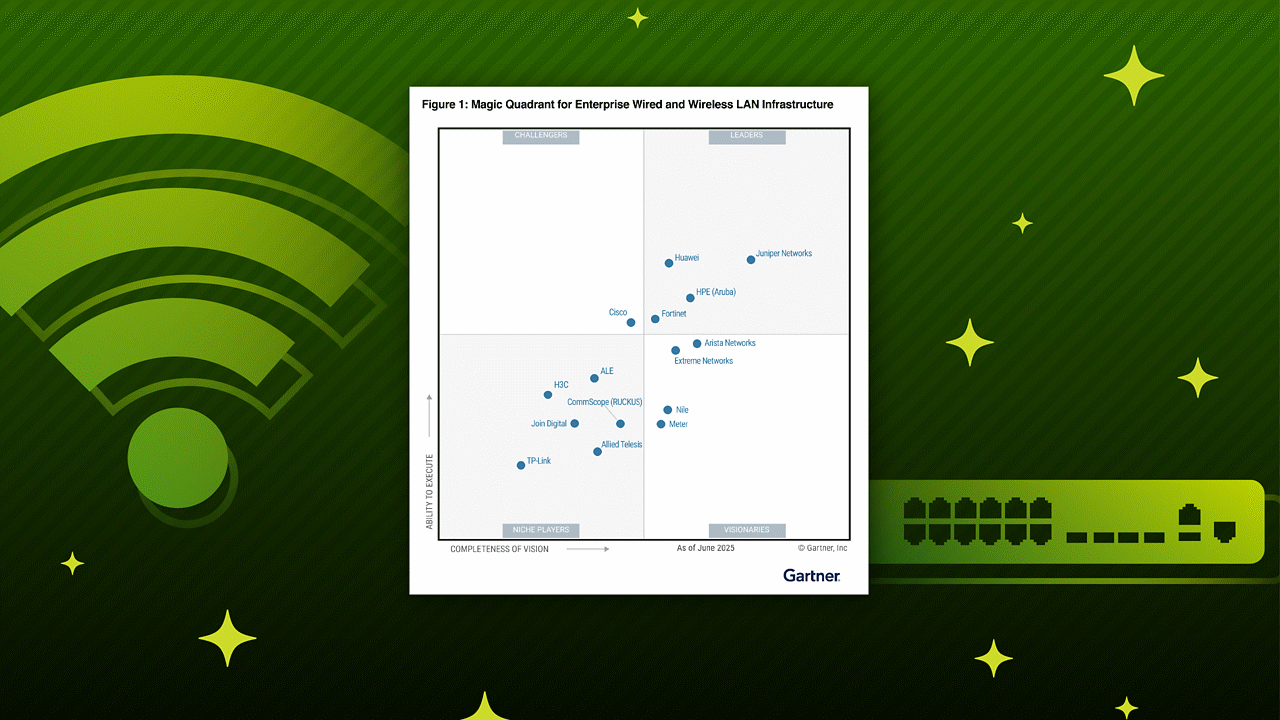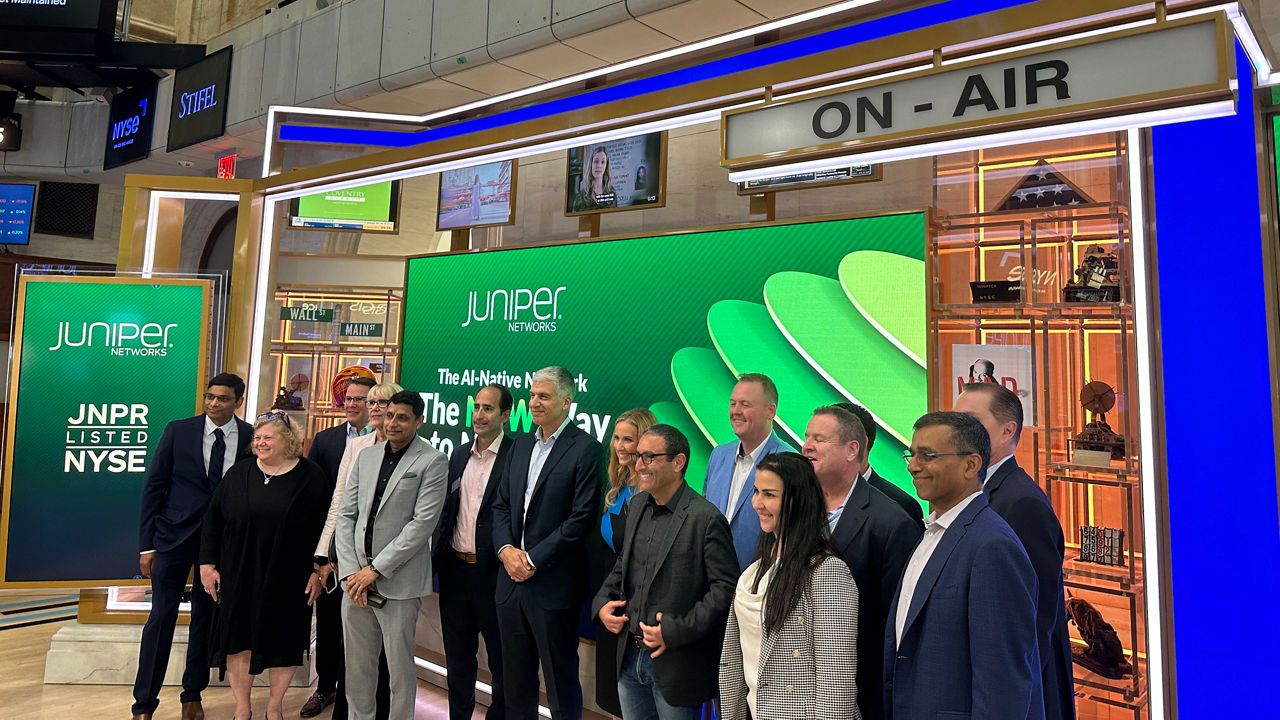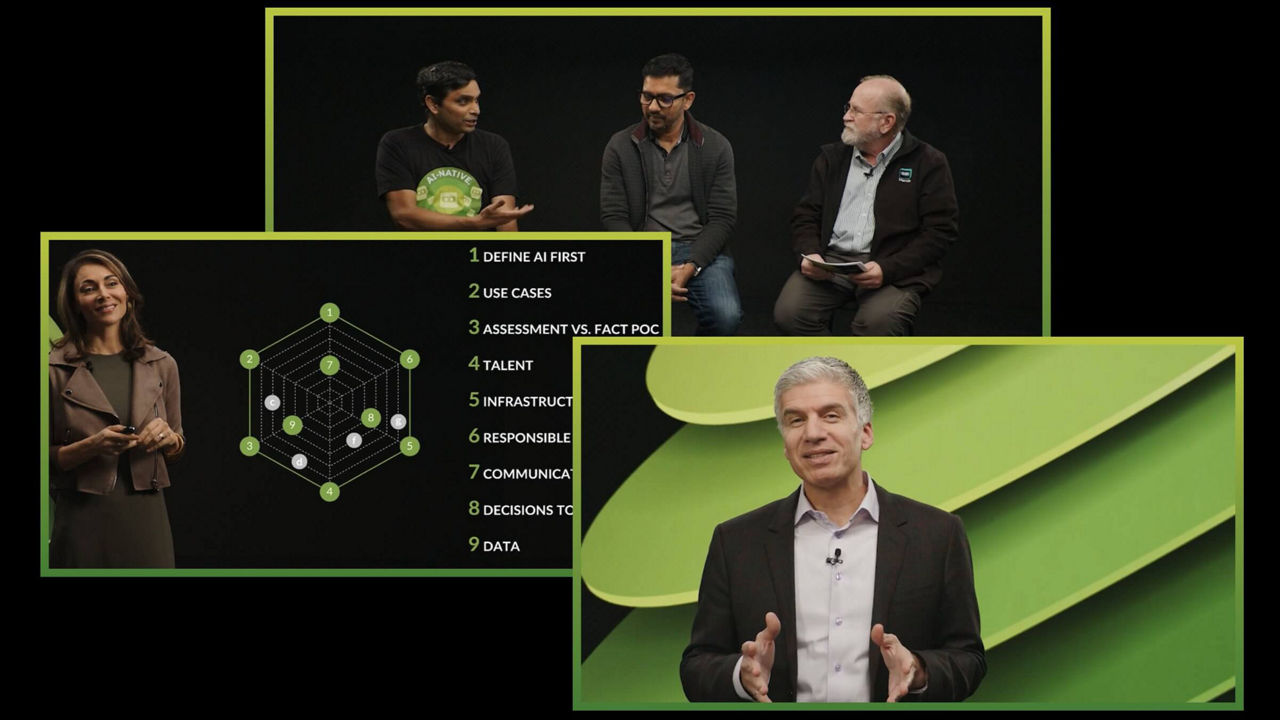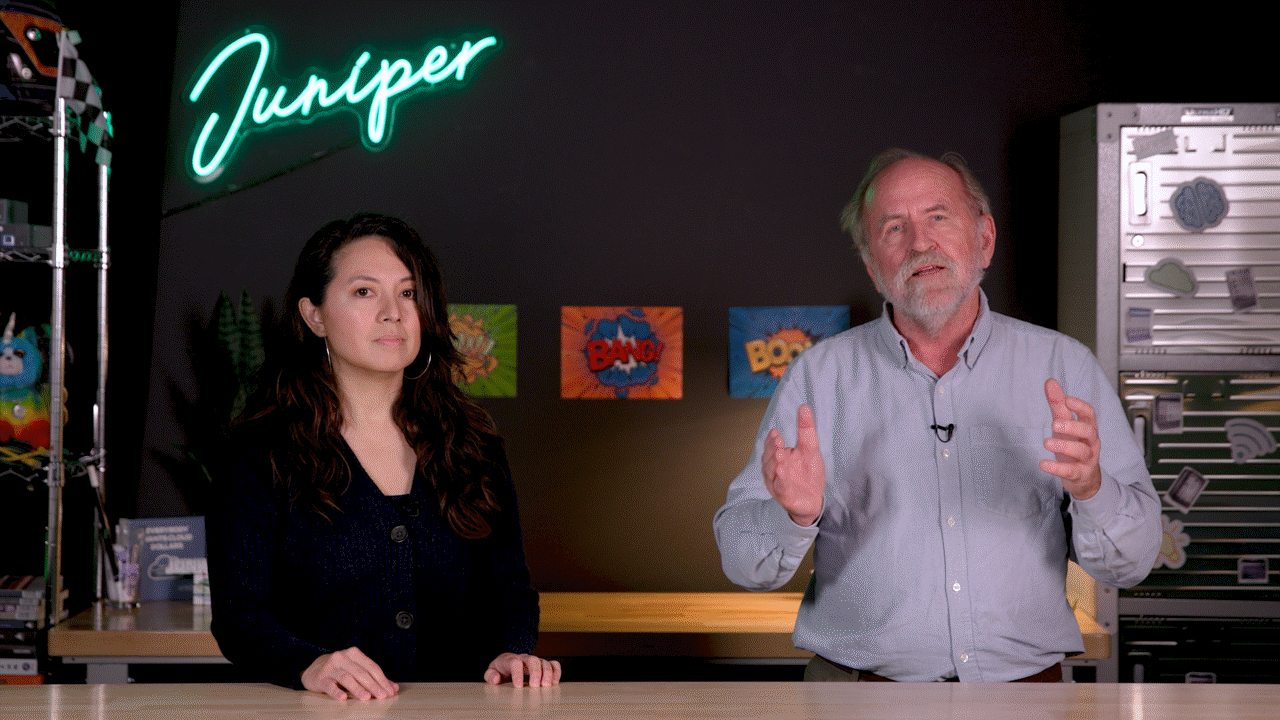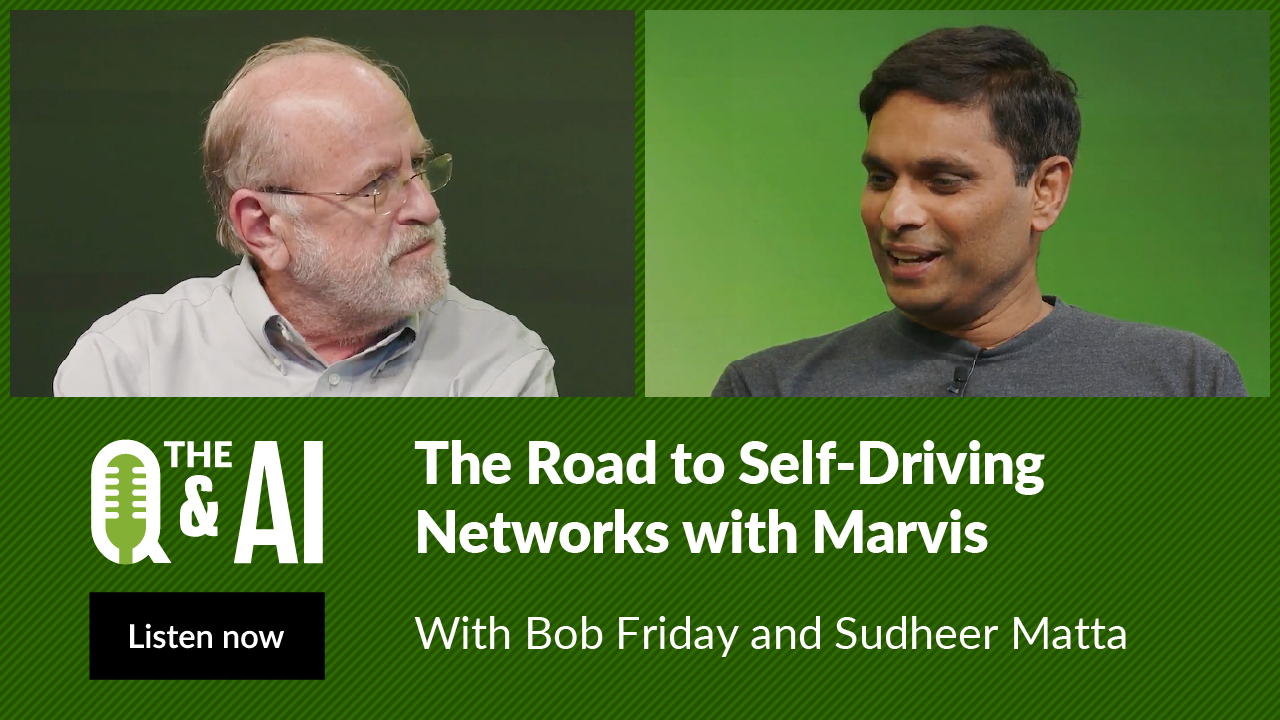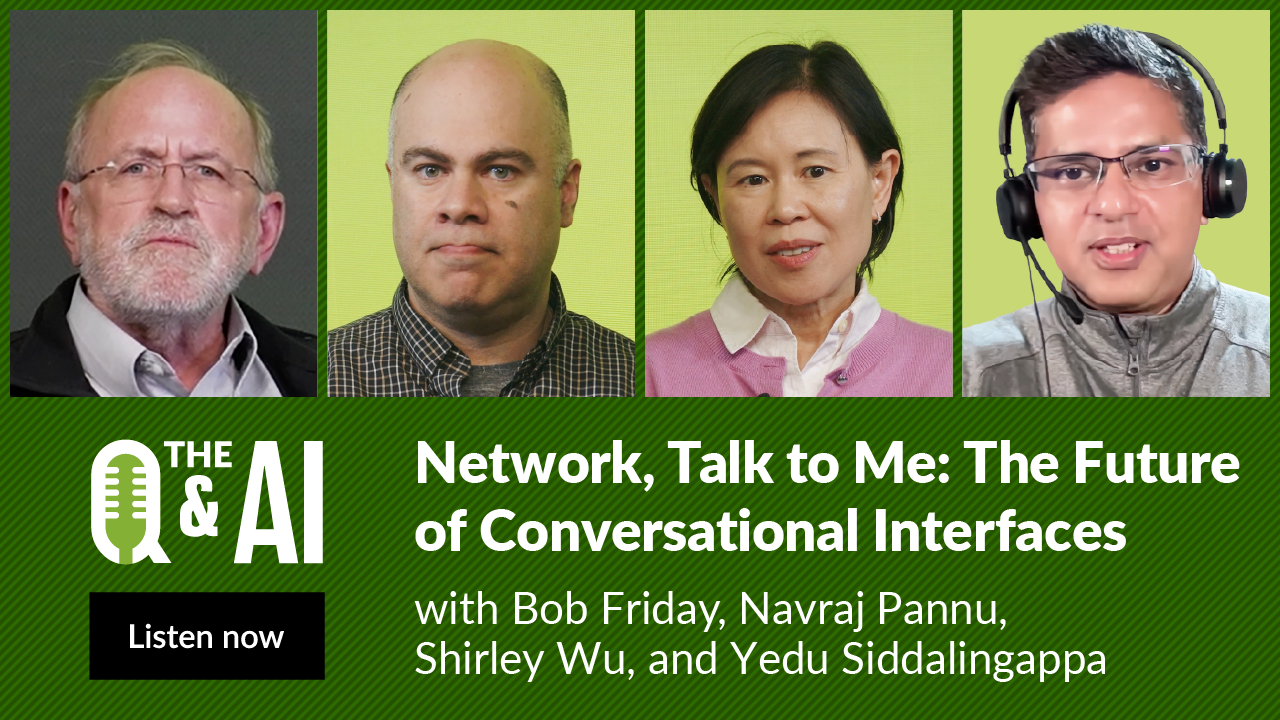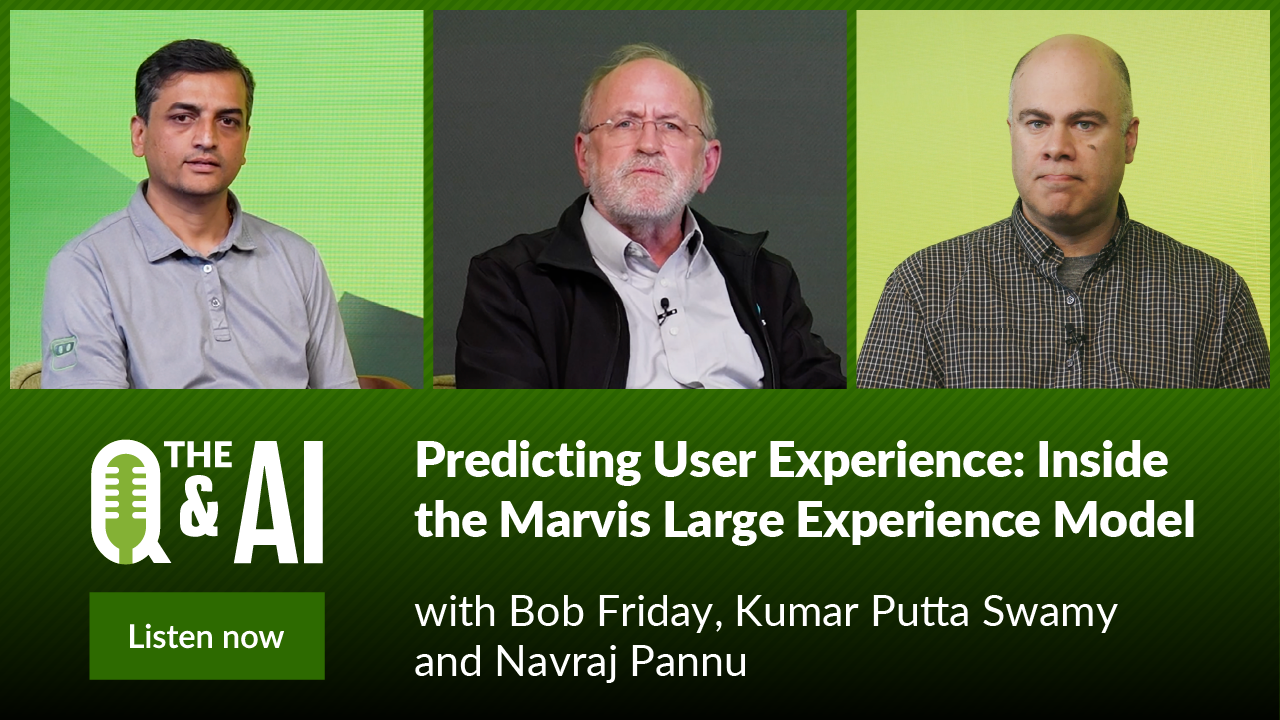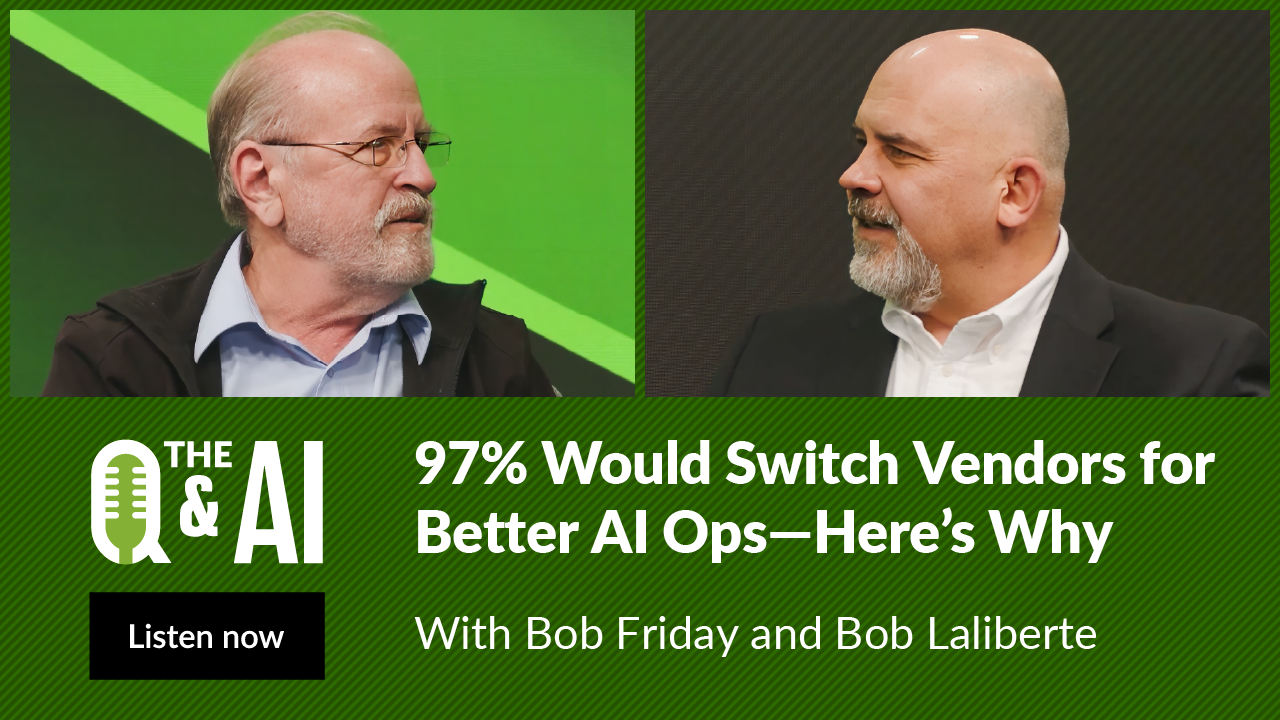The Q&AI: Managing Adoption of AI in Government


Episode 4: Managing Adoption of AI in Government
Discover the transformative power of AI in government with our special guest, Jennifer Saha, CEO of Golden Bridge Strategies. Jennifer helps shed light on the differences between traditional AI and generative AI, the impact of AI on jobs and contracts, and the regulatory landscape at state and federal levels.
We also uncover the pivotal role of California's Department of Technology as a central hub for AI development, offering essential resources such as training and risk assessments. Jennifer shares crucial advice for government agencies and vendors preparing to integrate AI technologies, emphasizing the importance of readiness and transparency.
You’ll learn
The challenges and opportunities of integrating AI into government operations
The regulatory landscape for AI in the U.S. and how it compares with Europe
Who is this for?
Host


Transcript
Bob Friday: 0:03
Hello and thanks for joining us on another episode of Q&AI Podcast. Today I'm joined by Jennifer Saha, CEO of Golden Bridge Strategies, and today we're going to be talking about the adoption of AI in government, in particular the state of California, and what regulations could look like at both the state and county levels. You know, Jennifer, before we get started, maybe give the audience a little bit about your background. I know you've been on both the government side and the industry side of the fence.
Jennifer Saha: 0:29
Sure thing, thanks for having me today. I served a decade in California state government. I was an appointee for both the Schwarzenegger administrations as well as Governor Brown's administration, and I worked a lot on the administrative side of doing business with the government, so first at our Department of Finance and then at the state's Department of General Services, which is procurement oversight, writing all of the manuals and rules and regulations related to selling to the state. After that I decided to jump into the private sector, started my company and I'm helping businesses do business with state governments, so helping them figure out all of the necessary hurdles, rules, regulations and work on developing their ability to be great partners to our governments.
Bob Friday: 1:20
Well, thank you, Jennifer. I know we need all the help we can get on this side of the fence, but anyway, I think maybe you've been spending most of your career on technology, on both government and seller, and today we're here to talk a little bit about AI, so maybe we can start with. You know your definition. It's kind of a broad topic. You know, from your perspective, the definition of AI?
Jennifer Saha: 1:38
Sure, you're right, it's incredibly broad, and what's funny about it is, when working with AI in government, it's sort of all over the map. We just want to know what the government's definition is going to be right, and even now it depends on who you're asking at, which department and which agency. I also think there's a lot of confusion in government and, frankly, in the industry as a whole, about AI versus, which has been around for decades. We've all been using AI versus generative AI and the new model of AI, and to me, that's what everyone should really be focused on in government, although I am seeing a lot of spillover when people talk about just AI in general.
Bob Friday: 2:20
Yeah, that's a good thing. So you've been through the 80s, 90s, 2000s. You've watched the adoption of cellular, Internet and other technologies of the world.
Jennifer Saha: 2:29
So if you're using something, today in your personal life, you can probably bet that government's going to pick up on it in maybe five or so years. I think with generative AI in particular, that adoption curve is really being pressed because it is such a new and revolutionary technology that government wants it now and very rarely if government wants something now are they able to actually implement it now. It just takes a while and there's plenty of reasons for that. But I think we're really going to see widespread use of generative AI in the next three to five years in governments.
Bob Friday: 3:21
Yeah, now the other interesting thing. You know I've seen the World Economic Forum basically say that AI is going to create like 95 million jobs, or eliminate 95 million, but replace 83 million more jobs At the California state level Same thing. You think AI is going to create more jobs than it replaces.
Jennifer Saha: 3:40
You know, I don't think it's going to replace any jobs. I think, unfortunately for the private sector, it's going to replace a lot of contracts. So we're even seeing this happen today. So if a call center at the state, they already have a vendor on standby for surge and maybe that vendor's contract doesn't get renewed, or renewed at the same level as it did before, because now they're able to use some generative AI. We have incredibly strong job protections at the state of California very union heavy, and there will be no jobs eliminated. But what it's going to mean is these people's jobs are fundamentally going to change. They're going to be able to spend their time providing more value and perhaps overseeing the outcomes of generative AI, as opposed to trying to generate that work themselves.
Bob Friday: 4:28
Yeah, Any words of wisdom for the audience on adoption. I mean, I know, in our space, you know we work on this Marvis cloud AI op stuff and it's almost like, hey, we're building things that do cognitive reading skills. It's almost like learning this trusting. Do you think the state of California is going through the same exercise of trying to figure out how to learn to trust their AI?
Jennifer Saha: 4:46
assistance. Oh sure, at the foundation of everything government does is transparency and equity and fairness. So exactly the way that they administer services to all of their citizens is the same way. They're going to run a rollout generative AI and they want assurances from the private sector, from the vendors that are selling them these solutions, that what they're doing is going to cause no harm.
Jennifer Saha: 5:12
It's really difficult to say, right, it is a little bit of the Wild West right now when it comes to using some of these different models, but the state government, at least, is ahead of the curve. They're asking for risk models, for ratios of risk to reward, on how it's going to help their government employees and, ultimately, the citizens, to be able to make sure that what we're putting in place isn't too risky, we're not going to do any harm. We're always going to have a human involved in the review process. We're not going to let generative AI make any decisions. We're just going to use it to be making recommendations to our policy leaders on how we should use these different policies to serve our citizens.
Bob Friday: 5:56
Well, this is a great lead into the next discussion around regulations, because we see what's going on in Europe, right, europe just came out with their AI Act which is a very centralized thing for all of Europe. In the US it looks like we're much more distributed. We don't see our Congress coming out with an AI Act. It looks like the federal state counties are all working on different regulations and compliances. Maybe, your perspective on where we're headed here.
Jennifer Saha: 6:57
Totally. I mean, for a company selling in this industry you know, juniper would know better than anyone it's kind of a nightmare. It really is, because it, you know, it depends United States as to how we're going to sort of rein this in and keep tabs on the beneficial impacts of AI as opposed to the harms. And it does make for an incredibly difficult industry to navigate because at this point it is really a patchwork. There's pressure on the federal government and on Congress to put something in place that would be national Technologies don't stop at the borders of a state, but California sort of prides itself on being ahead of the pack and this technology. We're no different. Really. We're putting in place a regulatory structure, a legislative structure and a policy structure to implement generative AI, sort of not caring about what else is happening across the United States.
Bob Friday: 7:38
Yeah, so I think before the show we were talking about our first driverless Waymo Uber adventures. You know, mine was in Arizona.
Jennifer Saha: 7:45
Mine was up the street. You said it was in California.
Bob Friday: 7:47
You know, besides figuring out how they did that technology A to B, what regulations actually apply to these new driverless Ubers?
Jennifer Saha: 7:55
Right. Well, and I mean Waymo, they stop right. They stop at the edge of San Francisco. You can't take this over to Oakland. This is where we're approved to do business. But internet technologies, virtual technologies, saas anything in a cloud doesn't have those types of barriers. So you really are in a place where you're looking at your specific clients In this case maybe it's a state department or agency and what rules they are requiring you to follow. For that. It just means that your regulatory teams, your legal teams, are going to be working overtime to make sure that everyone is in compliance.
Bob Friday: 8:31
But you said so the way, Mo, is that actually down to a city level? We're down to, like each city is developing its own ordinances and own regulations for that. Yeah.
Jennifer Saha: 8:38
I mean, yeah, when I was in San Francisco. There are different rules on San Francisco Waymos than there are on Phoenix Waymos or New Mexico Waymos. Even that it's tough to get, even at a statewide level, because every jurisdiction is special, we're unique because we're San Francisco or we're Phoenix, and we can't just have one blanket regulation for everything. I'm not sure it's the best way to go and it's incredibly difficult to navigate.
Bob Friday: 9:08
Now maybe for California in particular for the audience, any heads-up regulations you see coming down the path that we should be aware of. California's always kind of known as the leader in technology and set in the trend.
Jennifer Saha: 9:19
Yep, we're certainly setting a trend here.
Jennifer Saha: 9:23
We were out very early Our governor was with an executive order addressing AI and its use in government, but also some of the requirements on AI companies that are located in the state, which are numerous.
Jennifer Saha: 9:40
So my focus, the focus of my clients and the focus of a company like Juniper, for instance, at this point is on selling to the government, and government loves a good form. There are forms that are filled out with every time you bid on any bid to the state of California and that asks you what LLMs you're using, if you're using generative AI at all, what risk assessments you've done on those LLMs and those uses, so that that can all be taken into account when they're awarding contracts and working on different use cases with you. Now, if you're bidding on something at the city, san Francisco might have their own set of rules and hurdles that you're going to have to jump through to be able to do business there. So it is a bit of a patchwork right now. I'm hopeful that we'll get to the place where there is some type of national consensus on how we're going to regulate and use AI in government practices citizen government delivery but we're not quite there yet.
Bob Friday: 10:45
Okay, maybe for the audience anyone who's trying to do business here in California around Gen AI AI any words or guidance on where they should go to look? Is there a one-stop shop where I can kind of figure out what? Are the hurdles I need to jump to do this.
Jennifer Saha: 10:57
So the state of California has a generative AI site hosted by our Department of Technology. That is sort of the place where you're going to go to find anything from training on how to use AI to those forms that you've got to fill out if you want to sell to government, to risk assessments they've done. There's even a number of proof of concepts underway where we are looking at using generative AI in a number of use cases, everything from call centers to some really cool stuff around even traffic and reducing traffic, using generative AI to redirect roadway traffic and stay on top of it. So some great use cases that are underway, doing them all in a very cautious and safe way, with sandboxes and using dummy data, while we can't use citizen data. But I'm super optimistic that this is going to just have a huge impact, not just on citizens but on government workers and how they do their jobs.
Bob Friday: 11:59
Now for myself. I've been building products for the last 30, 40 years and we've been jumping in the underwriter laboratory hurdle to make sure that what we ship is safe In Europe. I go jump a CE mark hurdle. Do you think that the existing frameworks are gonna solve this AI problem or do you think we need to create a whole new testing framework? Does you, I mean?
Jennifer Saha: 12:18
Yeah, I'm never for recreating a wheel and I do think there are a number of government regulatory structures in place already that can just be applied to the AI tools that we're building. For instance, you know, FedRAMP is out there already and addresses IT security. There are some CISA ordinances out there that are extremely applicable. There are some CISA ordinances out there that are extremely applicable. So regulation for the sake of regulation doesn't make a whole lot of sense to me. I think we need to look at the use cases that we're using this technology for and then back into what's needed to ensure that those are equitable and safe for use.
Bob Friday: 13:02
Yeah. So I think you know we see the regulations coming down in Europe and we see kind of the state coming down. I think the governor of California actually had some few executive orders on this Yep. I don't know if you want to mention anything about where that is headed or what guidance we're getting right now.
Jennifer Saha: 13:12
I mean we are underway with all of the guidance, all of the technology letters, all of the new forms that we're having to fill out. Those proof of concepts are underway. If those vet out to be successful, you'll see them used more and more across governments. I don't know. You know, we have an AI task force at the state level that includes people from our institutions of higher ed and from the technology industry, and I'm seeing those across the nation pop up. I feel like if you give them too much reign, I was sitting with a group of legislators and they said what can we do? What can we do to help this? And my advice was like get out of the way a little bit right.
Jennifer Saha: 14:00
Because it's like you know, unless you're trying to protect us from doing something harmful which the government's never going to try to do intentionally anyway a lot of it is just letting these technologies sort their way out in everyday use cases.
Bob Friday: 14:16
Well, I mean, I've kind of you know after billing, it's like give me the hurdles I need to jump in. I'll go jump in and so I don't know if you have any visibility on like, when will Underwriter Laboratory have my AI sticker? That okay, you know I'm selling some AI product. I've got to go jump a hurdle. It's getting pretty clear in Europe, right, how they're classifying the risk.
Jennifer Saha: 14:47
And I suspect by next year I'll be a bit, it'll be a bit of time.
Bob Friday: 14:52
Well, Jennifer, it's been great having you. Maybe any last words of wisdom, you know, either for the sellers trying to sell this technology to the government or for government agencies trying to adopt it.
Jennifer Saha: 15:01
So government agencies, government staff, buckle up, Get ready to do this. Take all the trainings that you can possibly consume on how to work with AI in your everyday job. Get super familiar with it and just know that it's coming. And you want to ride that wave, not get swallowed up by it On the vendor side and on the industry side. When you're looking to work with government and help them to adopt some of these technologies, get your ducks in a row and be ready for the transparency and those hurdles that you're going to have to jump.
Bob Friday: 15:35
Okay, well, thank you, Jennifer, for joining us. Thank you. And for the audience. Look forward to seeing you at the next episode of Q&AI.




